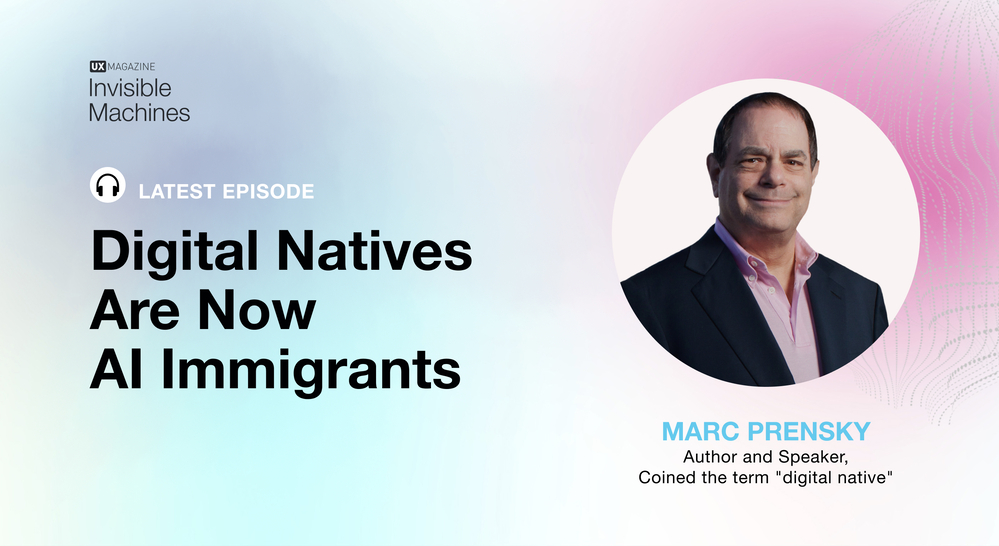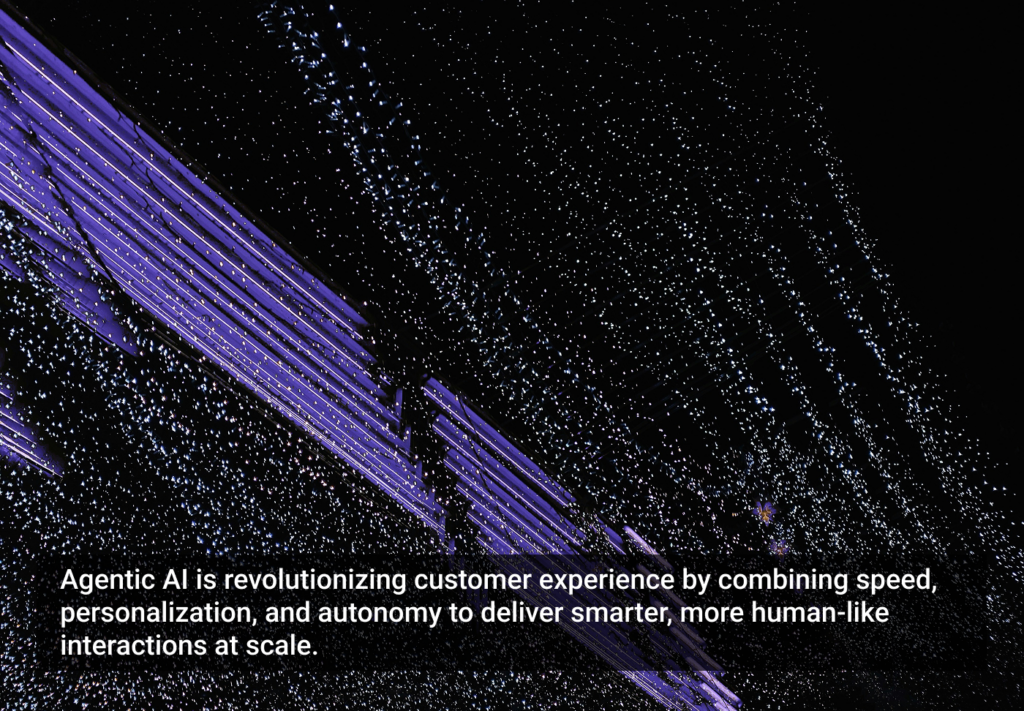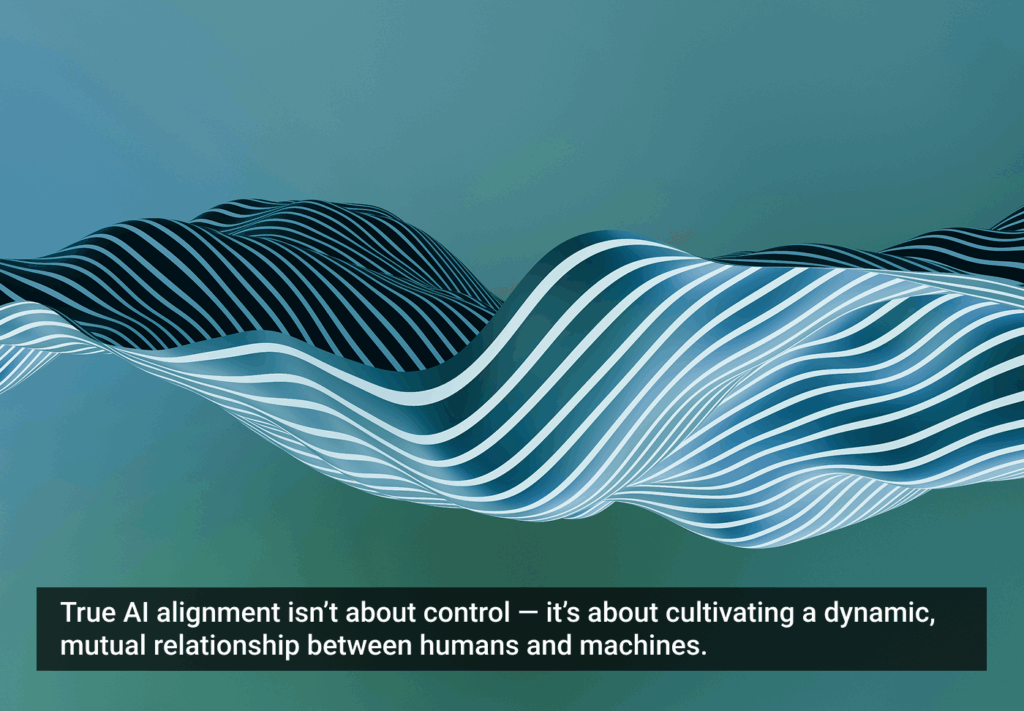In a world where technology evolves at lightning speed, the education system often lags behind, struggling to prepare students for the realities of the digital age. In this episode of Invisible Machines, Josh Tyson sits down with Marc Prensky, the visionary who coined the terms “digital native” and “digital immigrant.” Their conversation delves into the potential of AI to transform education and empower a new generation of “AI natives” to design their own future.
Marc and Josh discusses the shortcomings of the current education system and Marc presents an optimistic view of how AI tools can inspire creativity and innovation among young people. He argues that as we move deeper into the third millennium, students will redefine productivity and purpose in ways we can’t yet fully comprehend. The discussion highlights the challenges companies face in adjusting to this new technology paradigm, as well as the good and harm it might bring for society as a whole.
The episode also touches on the contentious role of smartphones in the classroom, with Marc and Josh advocating for more love, empathy, gratitude, and optimism in the world.
Tune in to this enlightening episode with Marc Prensky and gain a fresh perspective on the intersection of education, technology, and the potential of the next generation.








